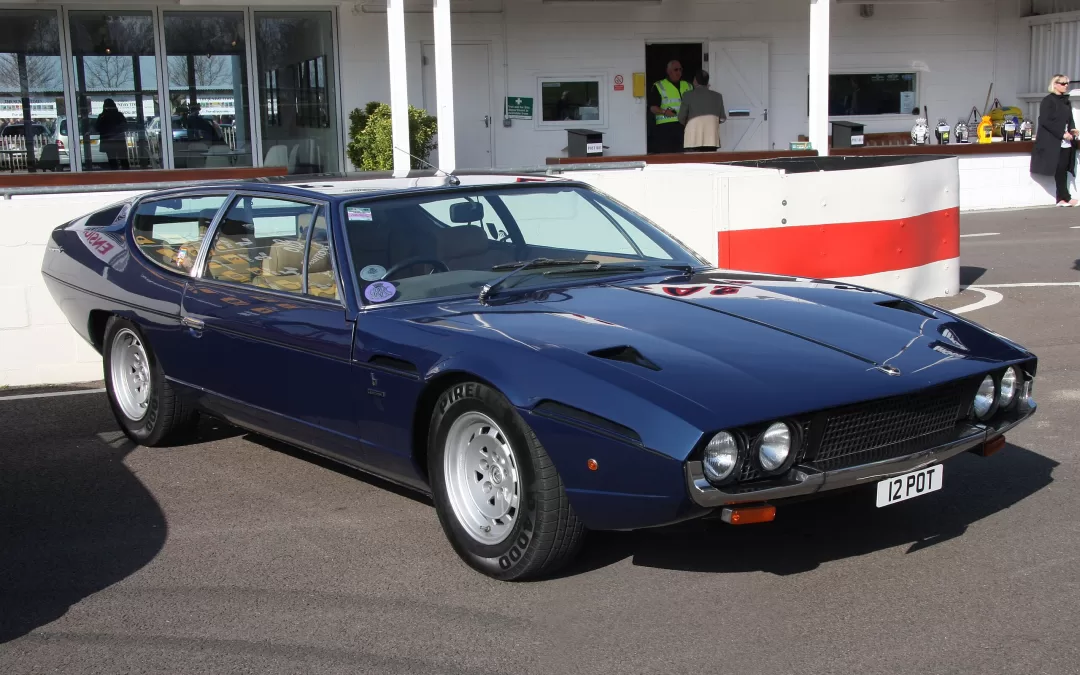In the hallowed halls of Lamborghini, where names like Miura and Countach echo with the thunder of V12s and the sharpness of razor-edged design, there exists a curious, often overlooked beast: the Espada. Often overshadowed by its more flamboyant two-seater siblings, the Espada stands as a testament to Ferruccio Lamborghini’s initial vision – not just for outright speed, but for luxurious, high-performance grand touring. And after spending some quality time with a pristine Series III example, it’s clear this four-seater bull deserves far more than a passing glance.
A Bold Statement in Steel and Glass
Unveiled at the 1968 Geneva Motor Show, the Espada – Spanish for sword – was a radical departure for the nascent supercar manufacturer. While the Miura was redefining the mid-engined exotic, the Espada offered something almost unthinkable: a genuine four-seater that could comfortably devour continents at warp speed.
Penned by Marcello Gandini at Bertone, the Espada is undeniably a child of its era. Its silhouette is long, low, and surprisingly sleek for its substantial dimensions. The most striking feature is undoubtedly the vast expanse of glass, especially the panoramic rear window, which gives the car a unique, almost fastback-wagon aesthetic. It’s a design that dares to be different, a testament to Gandini’s willingness to push boundaries. Is it conventionally beautiful in the same way a Miura is? Perhaps not to everyone, but it possesses an undeniable presence and a futuristic allure that still turns heads today.
The Heart of a Bull, the Soul of a Tourer
Under that long, aristocratic bonnet lies the familiar heart of a Lamborghini: a magnificent 3,929 cc DOHC V12. In its initial Series I guise, it produced a healthy 325 bhp, rising to 350 bhp for the Series II and III. Mated to either a five-speed manual gearbox (the overwhelming choice for enthusiasts) or, surprisingly, a three-speed automatic, the Espada offered genuine supercar performance for its day. Top speeds nudged 150 mph, and the sprint to 60 mph was dispatched in a respectable 6.5 seconds – astounding for a car that could comfortably carry four adults and their luggage.

